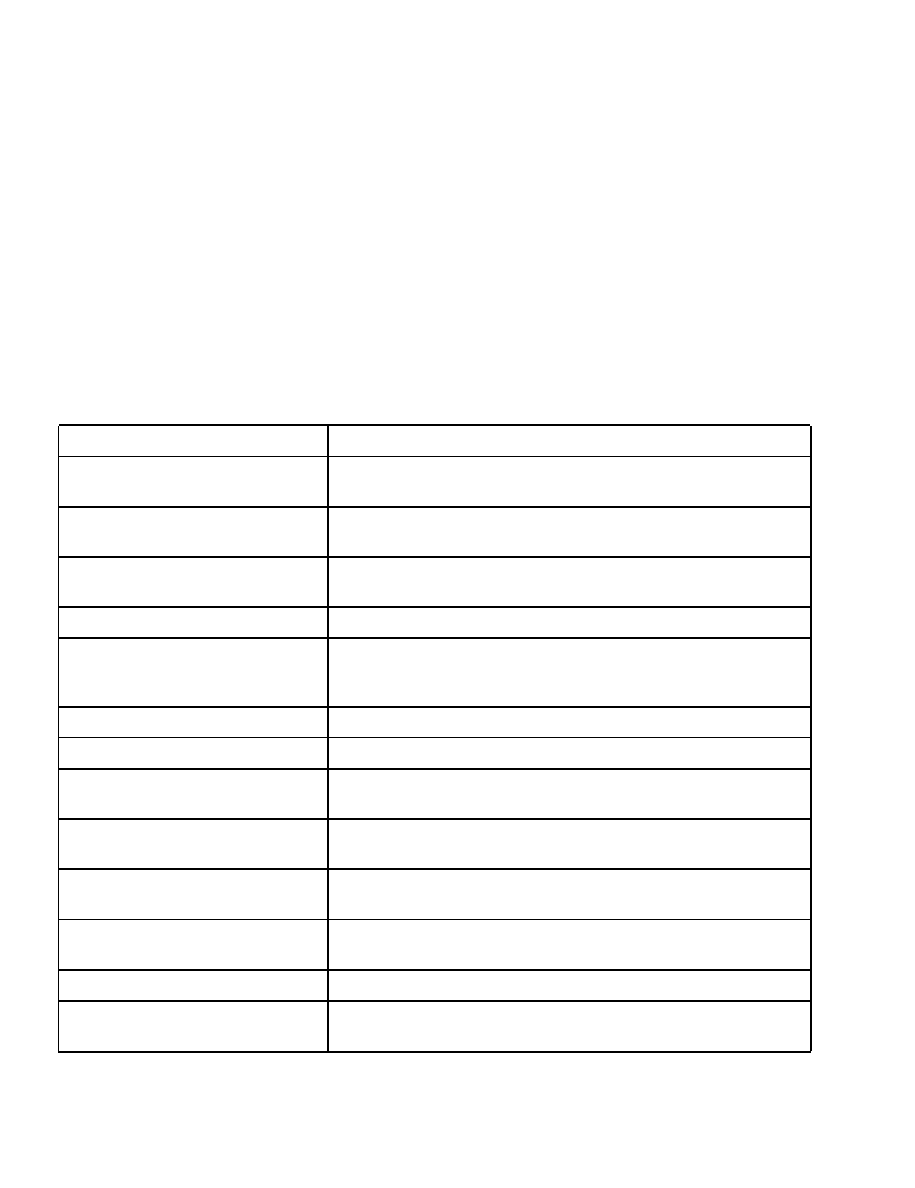
DOFMaster
for Windows
On-line
Depth of Field
Calculator
DOFMaster for Mobile Devices
On-line
Depth of Field
Table
Hyperfocal
Distance Chart
Articles
FAQ
Recommended
Books
Support
Contact
Links
Home
for Windows
On-line
Depth of Field
Calculator
DOFMaster for Mobile Devices
On-line
Depth of Field
Table
Hyperfocal
Distance Chart
Articles
FAQ
Recommended
Books
Support
Contact
Links
Home
As an Amazon Associate I earn from qualifying purchases.
![]()
photograph (fig. 7-12).
back When this combination is used, the customer can
leave the studio with the final product. Any camera or
imaging system can be used, depending on your imaging
facilities capabilities, providing that two 4x5-inch prints
are furnished to the customer.
each person's face vary, certain corrective techniques in
posing, lighting, and camera heights can be used to help
depict the subject favorably and improve the quality of
the portrait. Changing the camera viewpoint, combined
with proper lighting and pose, can create amazing
alterations in the pictured appearance of any face. Table
7-1 shows corrective techniques and ways they can be
used to correct common problem areas.
defective eye
Use three-quarter or side lighting
Use low three-quarter or side lighting
Tilt chin upward
Little or no hair light
Blend head with background
Use three-quarter lighting so the eyes are in shadow
Lower eyes slightly
Use frontlighting to keep eyes out of shadow
Basic Photography Course

As an Amazon Associate I earn from qualifying purchases.
WWW.DOFMASTER.COM
© 2006 Don Fleming. All rights reserved.
© 2006 Don Fleming. All rights reserved.